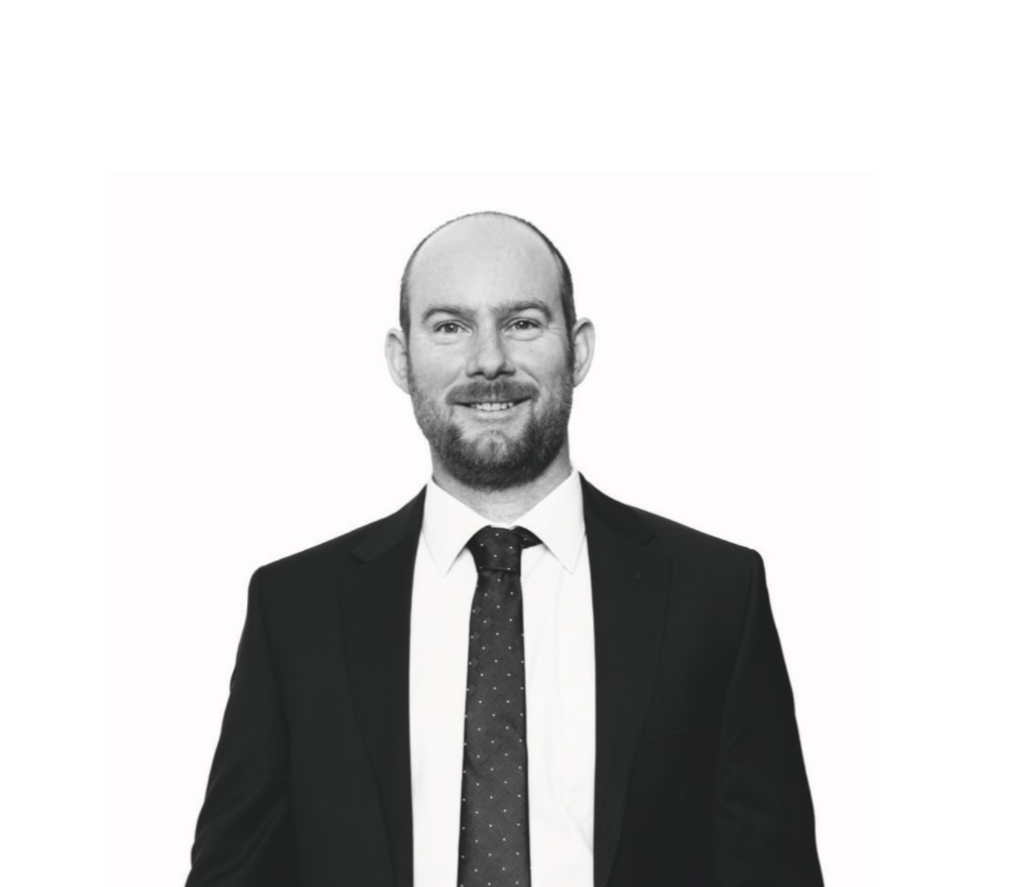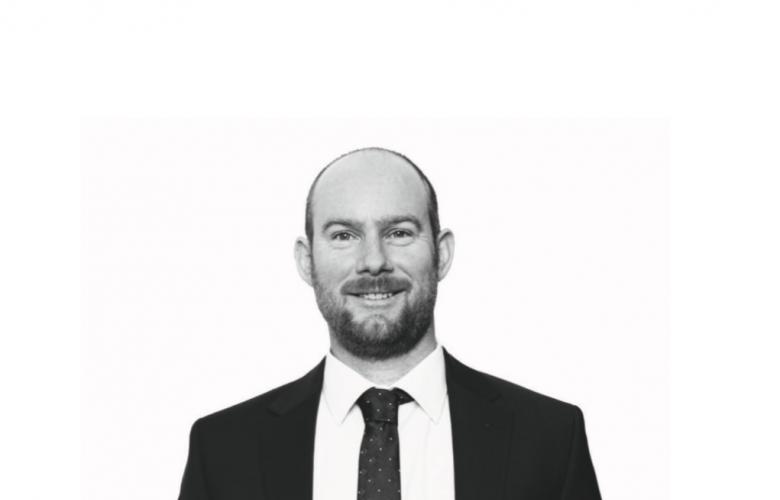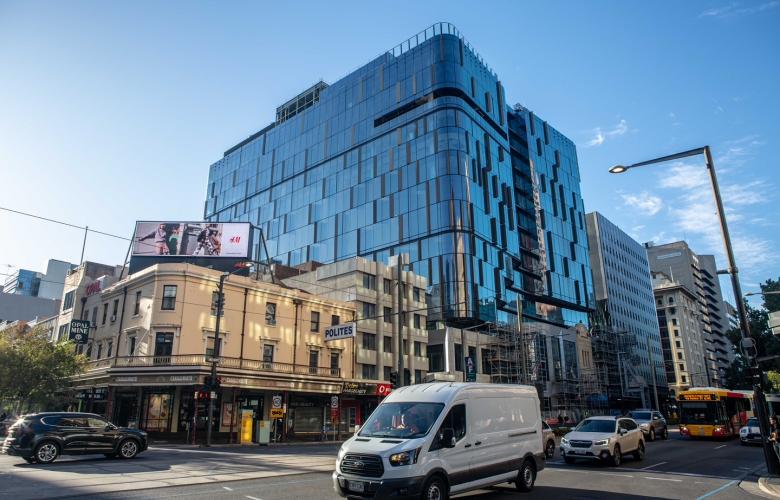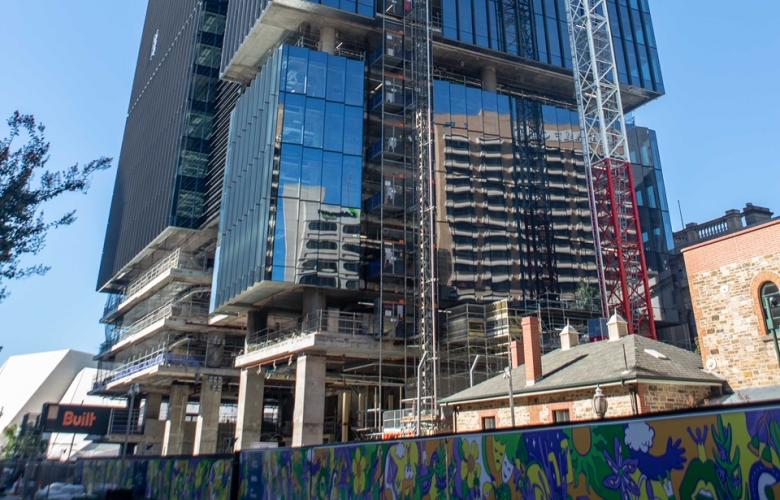Adelaide’s office market moves with new prime stock and backfill vacancies
Contact
Adelaide’s office market moves with new prime stock and backfill vacancies
A wave of capital inflow from the eastern states has hit fast forward on development in Adelaide, with major additions to the city’s Prime grade office stock – buildings rated by the Property Council of Australia (PCA) as either Premium or A-Grade says Stuart Deed.
Born-and-bred Adelaide hip-hop megastars Hilltop Hoods nailed their description of our hometown with the following lines in their track 1955, featuring a glorious cameo by female vocalist Montaigne:
“Time moves a little slower here A day feels like a week, a weekend feels like it could go a year”
But is Adelaide “a city that is trapped in time” as the Hoods suggest? Recent developments suggest otherwise.
An insightful opinion piece by Mr Stuart Deed.
New investments and premium stock raise the bar
A wave of capital inflow from the eastern states has hit fast forward on development in Adelaide, with major additions to the city’s Prime grade office stock – buildings rated by the Property Council of Australia (PCA) as either Premium or A-Grade.
These include 60KW, a 40,000-square-metre (sqm) Charter Hall development at 52-68 King William Street, Walker Corporation’s similarly sized Festival Tower near the banks of the Torrens River and the CBUS’s 30,000sqm 83 Pirie development on Pirie Street.
The above developments got off the ground through precommitments from major tenants, mostly state or federal government entities, which is typical a precondition for new commercial office towers in Adelaide.
Adelaide’s newest additions have come in at the top end of the market and feature amazing natural light, premium amenities, banks of super-fast elevators, wide and uninterrupted floorplans and top-notch environmental credentials, key for luring government entities.
They also command premium rents that reflect the capital expenditures needed to build them.
Some components of the newest wave of buildings across the city’s skyline set a minimum bar that owners of older developments must also reach to attract tenants, even if others remain out of reach for economic or spatial reasons.
A speaker during a recent presentation on the national office market, which also touched on Adelaide, suggested that in some ways building grade is almost irrelevant at present, with providers competing over facilities instead. And this presents a window of opportunity for the owners and managers of older buildings.
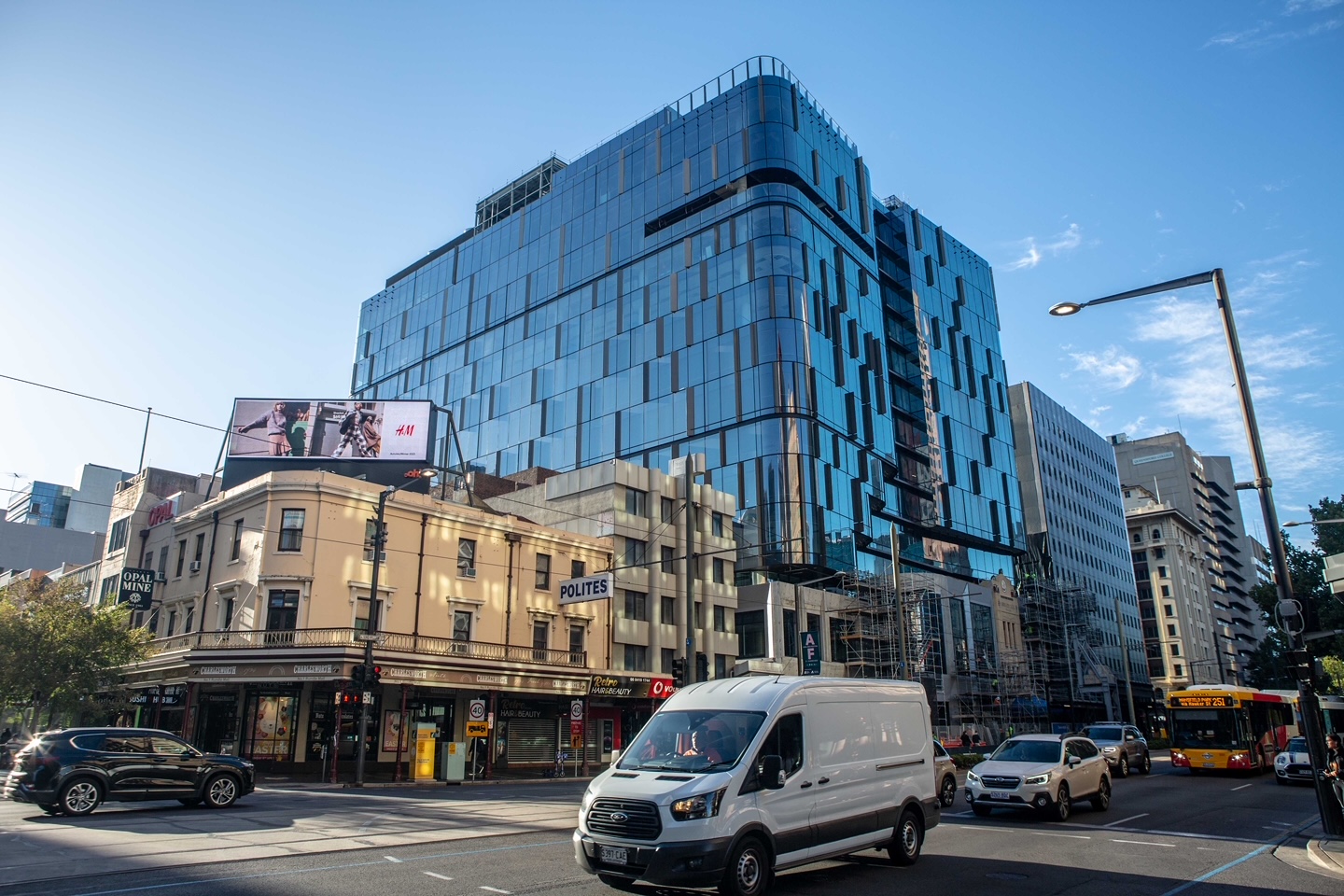
Largescale Prime movers feed backfill vacuum
New Premium or A-Grade offices do not cater to every tenant. Having spent millions building big floorplates, developers are loathe to subdivide floors for smaller tenancies, preferring to wait for a tenant able to take a whole floor.
But smaller and/or older buildings offer that flexibility, and the owners have a greater incentive to accommodate tenant requests, although they are also likely to pay to refurbish or install building amenities (especially end-of-trip facilities) and finance high-quality fitouts to capture clients looking to move to better offices for the same rent.
Competition within the labour market
Simultaneously, employers are also engaged in a multi-pronged battle of their own: to attract and retain employees but also encourage existing staff to attend the office more regularly. High quality end-of-trip facilities, fresh amenities and proximity to efficient public transport go a long way toward that aim.
Employers seeking to roll back Covid-19 era work from home (WFH) measures has become a heated issue in the United States, with large corporates engaged in ongoing tussles with their own staff over mandated returns to full time employment at the office. Office attendance rates in Adelaide remained relatively high throughout Covid-19 and the city did not suffer the extended lockdowns seen in the eastern states but WFH is likely to remain a contentious feature of the workplace moving.
All roads lead to the city
While Adelaide is developing fast, some things are unlikely to change. Adelaide’s office market is set for evolution, not revolution.
A host of factors such as the city’s unique grid layout, gentle population growth and the existing transport infrastructure heavily favour the status quo: most corporate businesses in the established central business district, nearby frame or at fringe along the eastern and southern parklands.
There is not sufficient demand for a suburban mini-CBD, although industry-specific pockets do exist at Mawson Lakes and another may form at Port Adelaide; both supporting the defence industry.
The CBD’s office core, which is largely at the northern end of King William Street and its east-west branches on Currie-Grenfell, Waymouth-Pirie and Flinders-Franklin, is relatively fixed. The latest office additions, 83 Pirie Street and 60 King William are within the core, while Festival Tower is located on the fringe, although through sheer scale it might eventually force a redrawing of the core’s boundaries if/when the second tower eventuates.
With vacant land scarce, any future developments will probably have to be in the place of an older building.
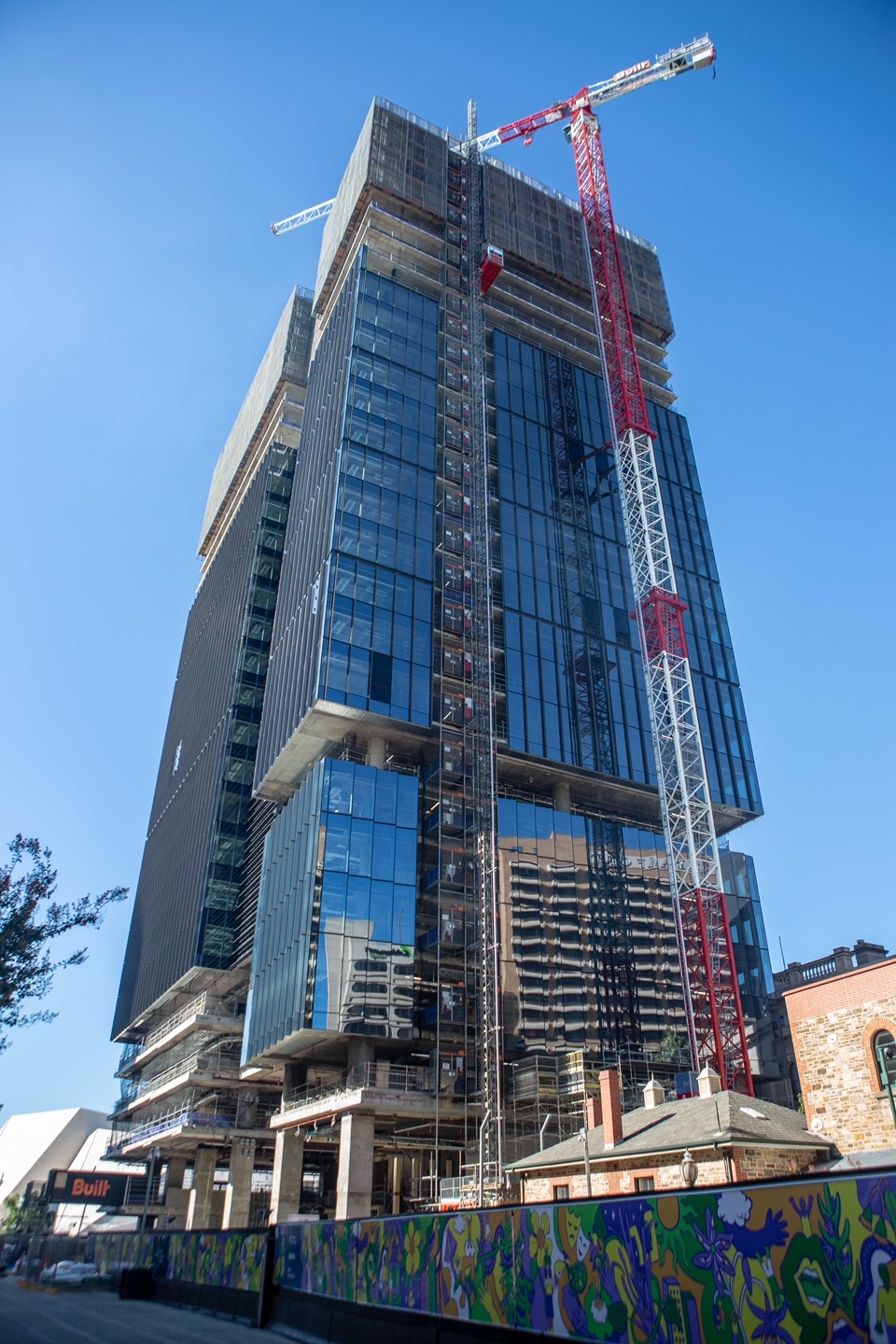
What does the future hold?
New office stock is in the pipeline but once Festival Tower and 60 King William Street are handed over, there will not be any significant additions to the Prime supply within the core for a couple of years at least. As such, the current dynamic of refurbishing and backfilling older buildings will probably stay unchanged within the short- to mid-term period.
Looking further ahead and significant additions to the city’s supply will come from the Market Square redevelopment of the Central Markets and the second of Walker’s Festival Towers. Market Square will reportedly inject another 20,000sqm of A-Grade office space but is still some years from completion, while the second Festival Tower building has only recently received planning permission; significant precommitment is required before ground is broken.
Opinion piece and market insights by Stuart Deed, Adelaide Commercial real estate agent and Hilltop Hoods fan.
